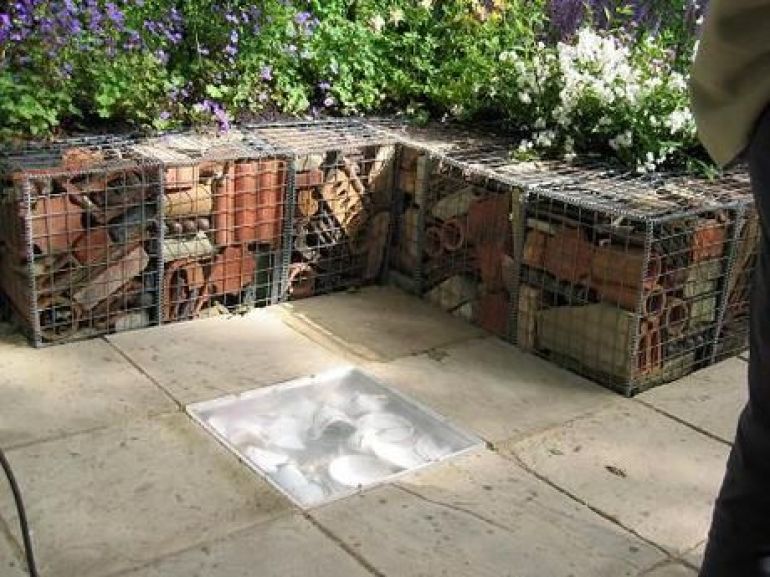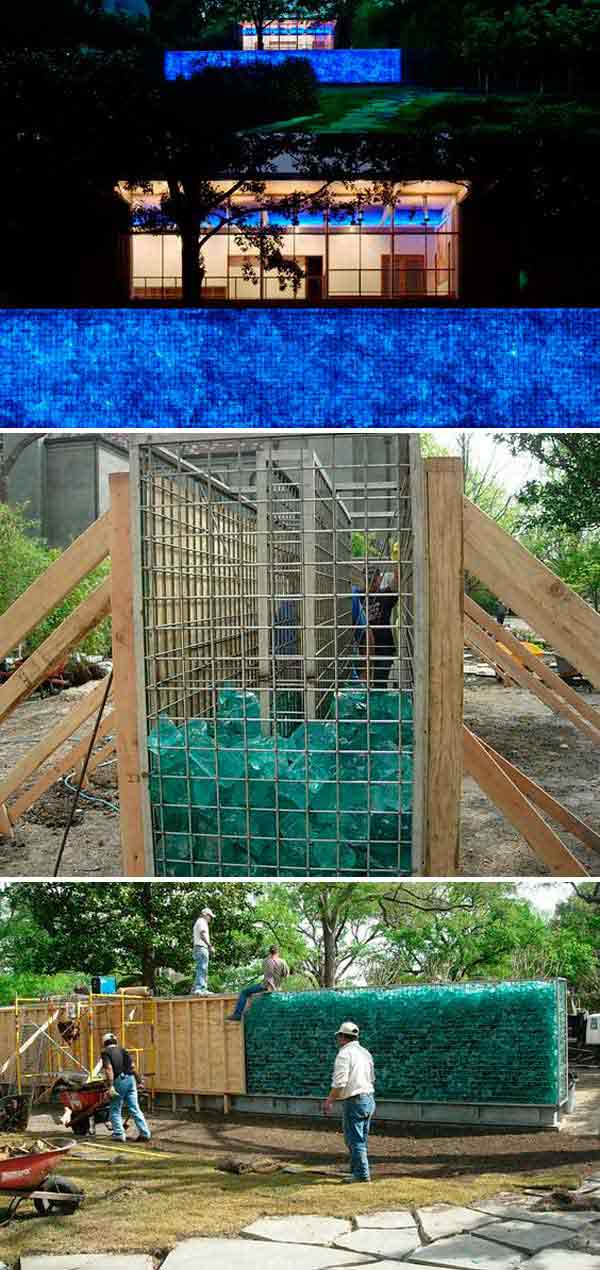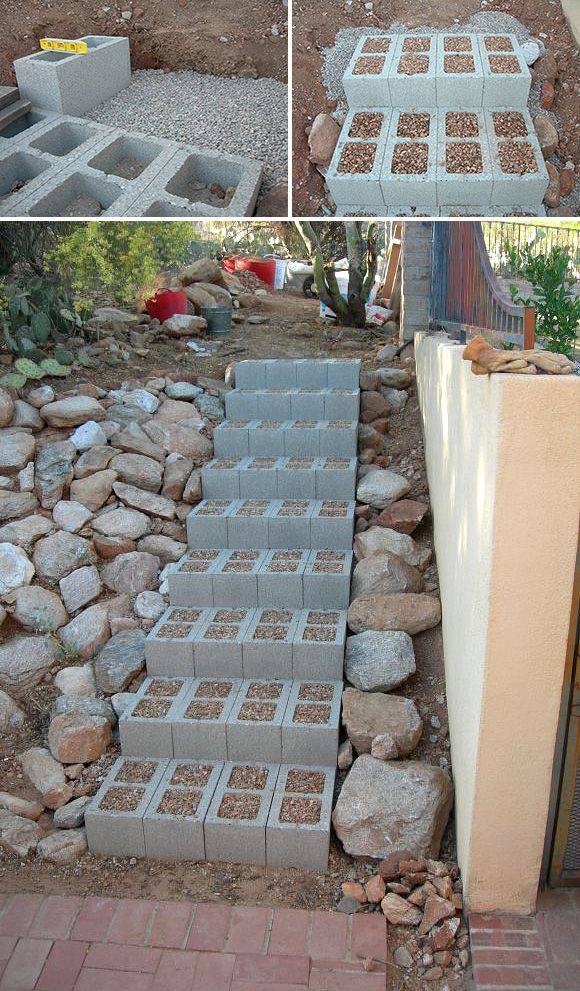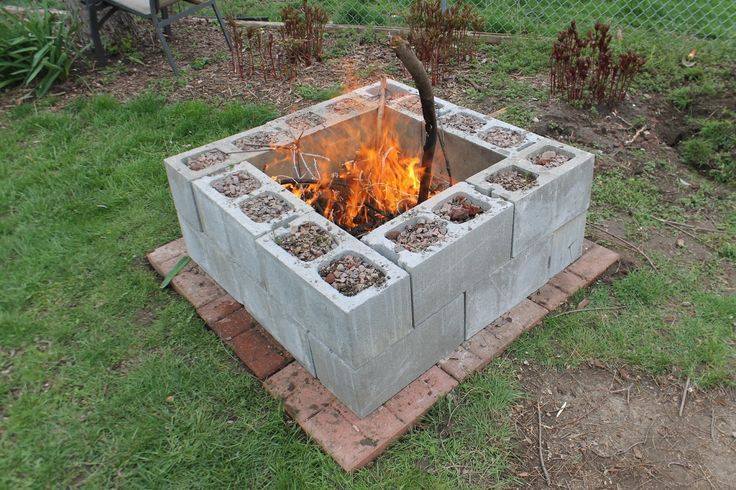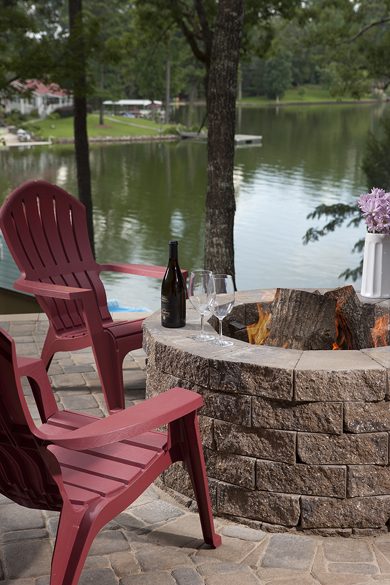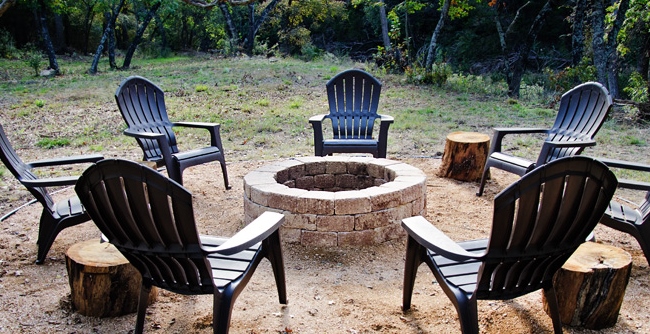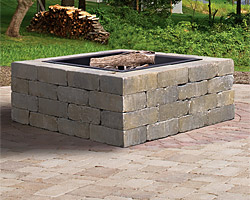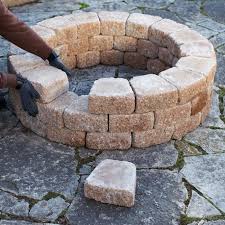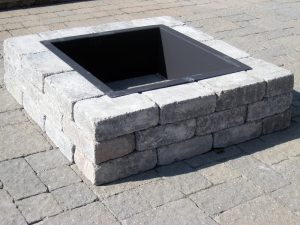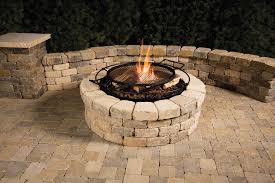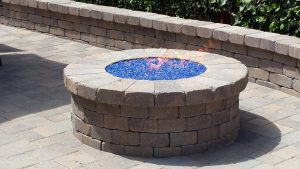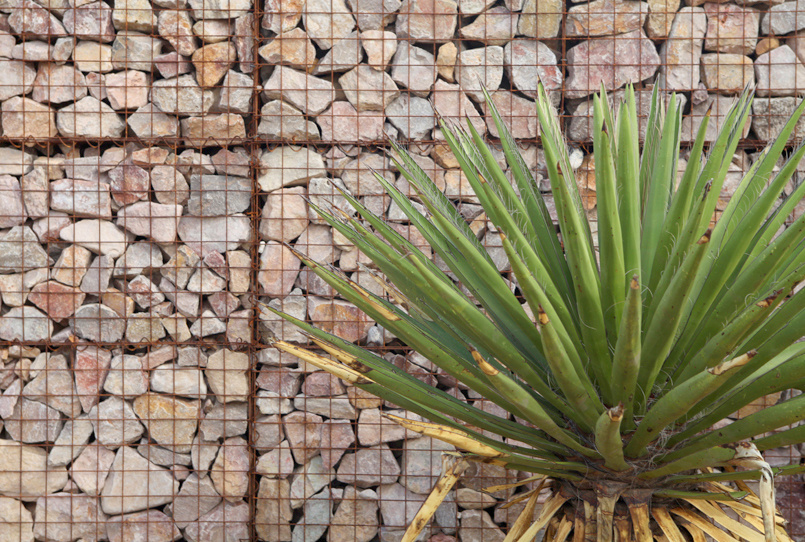
Since selling stone is our primary business, I am always looking for great ways to display them, whether its flagstone, gravel or boulders and cobbles. One of the most beautiful ways of displaying boulders and cobbles are Gabions.
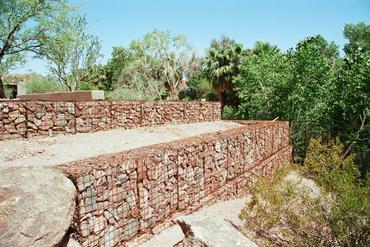
For those who don’t know, gabions are a traditional retaining wall system comprised of steel mesh ‘baskets’ filled with rocks. In landscaping, gabion walls can support an earth wall, stabilize the soil, prevent erosion, and more.
Gabions are nothing new. They have been used in engineering through out history, from ancient Egypt to medieval Italy. Derived from an old Italian word, gabbione, meaning “big cage.” The cages were originally wicker, but now are usually a welded mesh made of sturdy galvanized, coated, or stainless steel wire that won’t bend when filled with rocks.
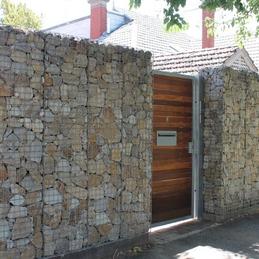
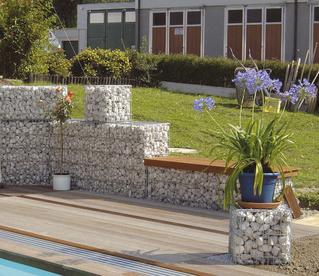
What are the benefits of gabion walls?
History has shown that gabions are a lasting solution to soil erosion as well as hillside retention. Other reasons to use them:
- Aesthetics: Gabions look natural and can tie a house to the landscape by using filler materials excavated from the site or the local terrain.
- Environmental friendliness: When onsite material is used as filler, transportation costs and associated fuel consumption are eliminated.
- Sustainability: Used as shade screens in hot climates, gabion walls provide passive cooling; they allow air to move through, providing ventilation.
- Permeability: Gabions are permeable and free-draining; they can’t be washed away by moving water.
- Easy installation and built-in strength: The stone fill settles to the contours of the ground beneath it and has such frictional strength that no foundation is required. In fact, the wall’s strength and effectiveness may increase with time, as silt and vegetation fill the voids and reinforce the structure. Another advantage over more rigid structures: Gabions can conform to ground movement.
- Long-lasting.
Gabions can serve many purposes other than building walls. They are used for small fences, benches, posts, planter boxes, even barbeque pits or grills and more. Here are a few cool ones I’ve seen:

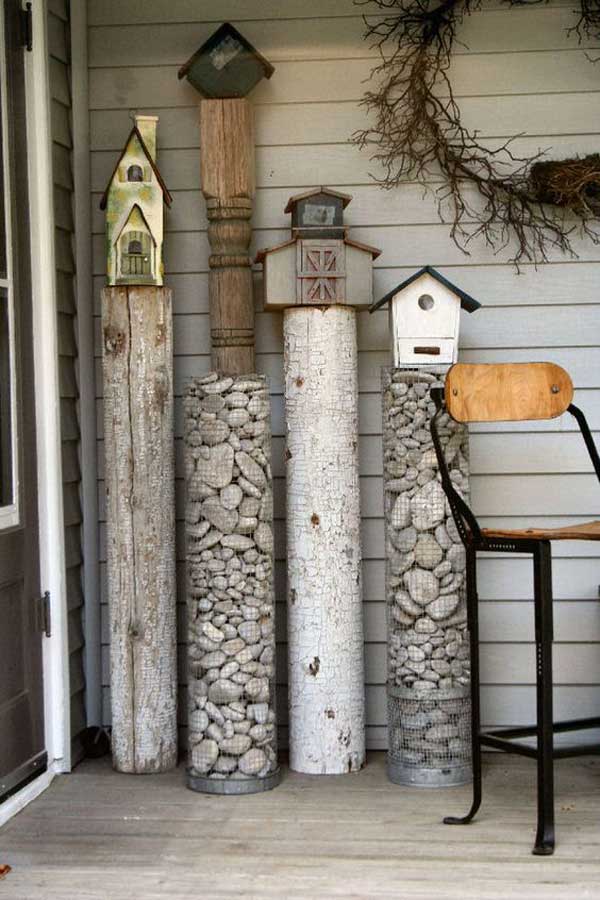
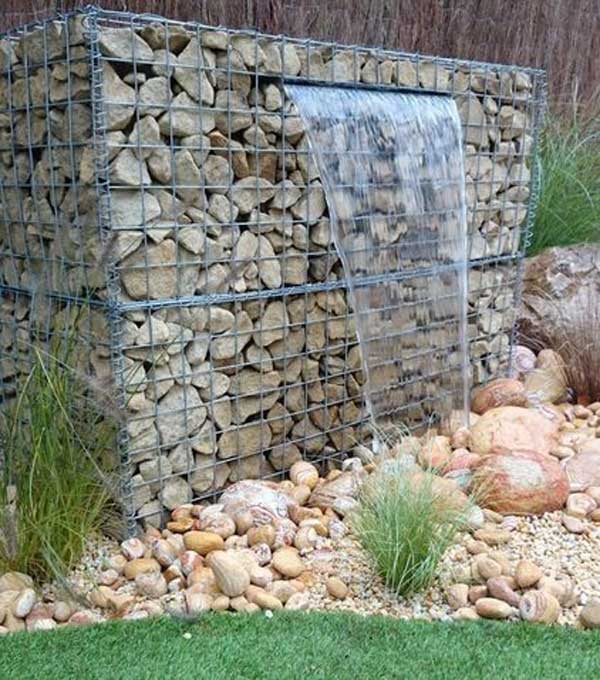

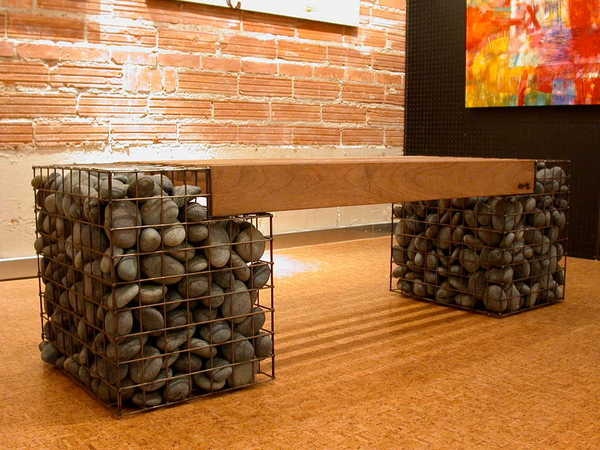
Stone is not the only material used to fill gabions. You can use reclaimed brick or roof tiles, broken concrete, broken glass, wood or branches or anything else you can imagine…but the heavier the material the better it will serve for retaining walls.

